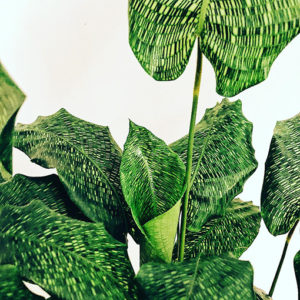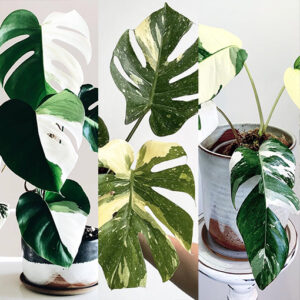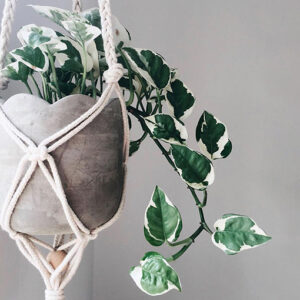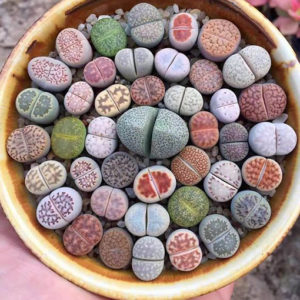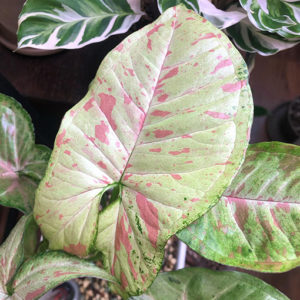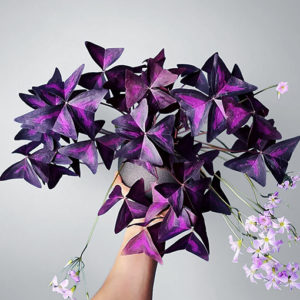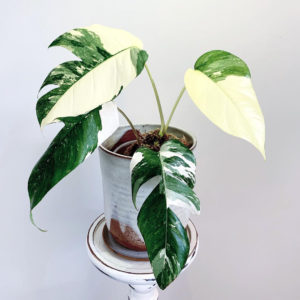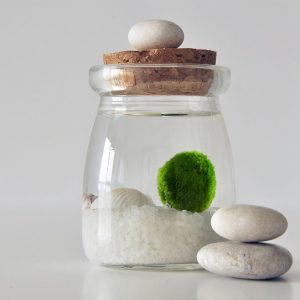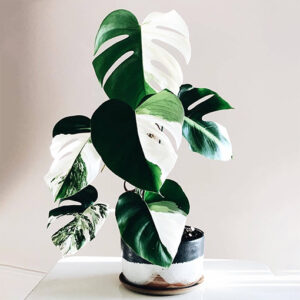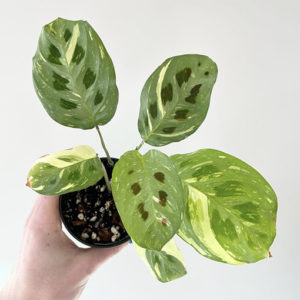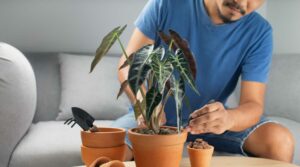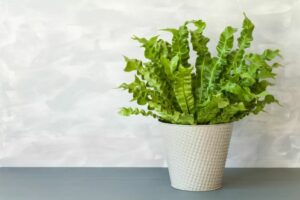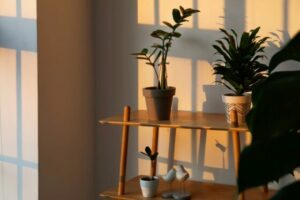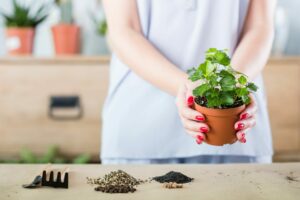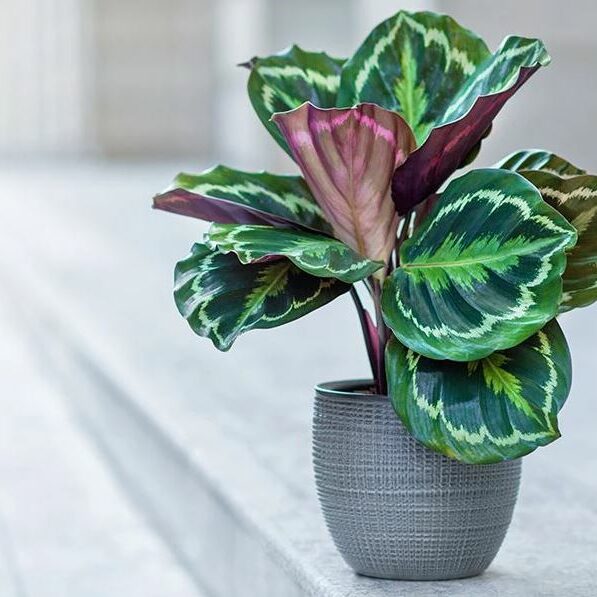
Calathea stands out from other houseplants. It is because of their beautiful
leaves with wonderful patterns. It adds a green corner to our homes, offices. It’s the best choice to get a
tropical feel at home. They are also great for purifying the air and helping us connect with nature. It also
helps to relax and focus.
Whatever Calathea plant you plan to grow, the care factor is the same. Here are a
few things that this plant loves:
Lighting & Position
Calathea plants need bright, but not direct sunlight to grow. This is because they grow on the background of thickets
and forests where they receive limited light through the treetops. In fact, direct sunlight will burn the leaves of
the Calathea plant and cause it to lose its vibrant color.
He likes to sit in the area of your home, where indirect sunlight hits him. An east or north-facing window will be
suitable. Direct sunlight causes the edges to brown and bleaches its leaves.
Humidity
Calathea tends to prefer moist areas. It likes ambient humidity. They can absorb moisture from the air through the
plant’s common broad green leaves. Humidity above 60% is best to keep our plants healthy and happy. Its misfortune
indicates brown edges or tips. If you want to stay hydrated, it’s simple.
You can place our plants on a tray with gravel wet with water. Do not allow water to overflow into the pot, or the
roots will begin to rot. Mist spray is another option. Investing in a humidifier would be best. The easiest way is
to put our plants together with other houseplants. Moisture spreads by transpiration from surrounding plants.
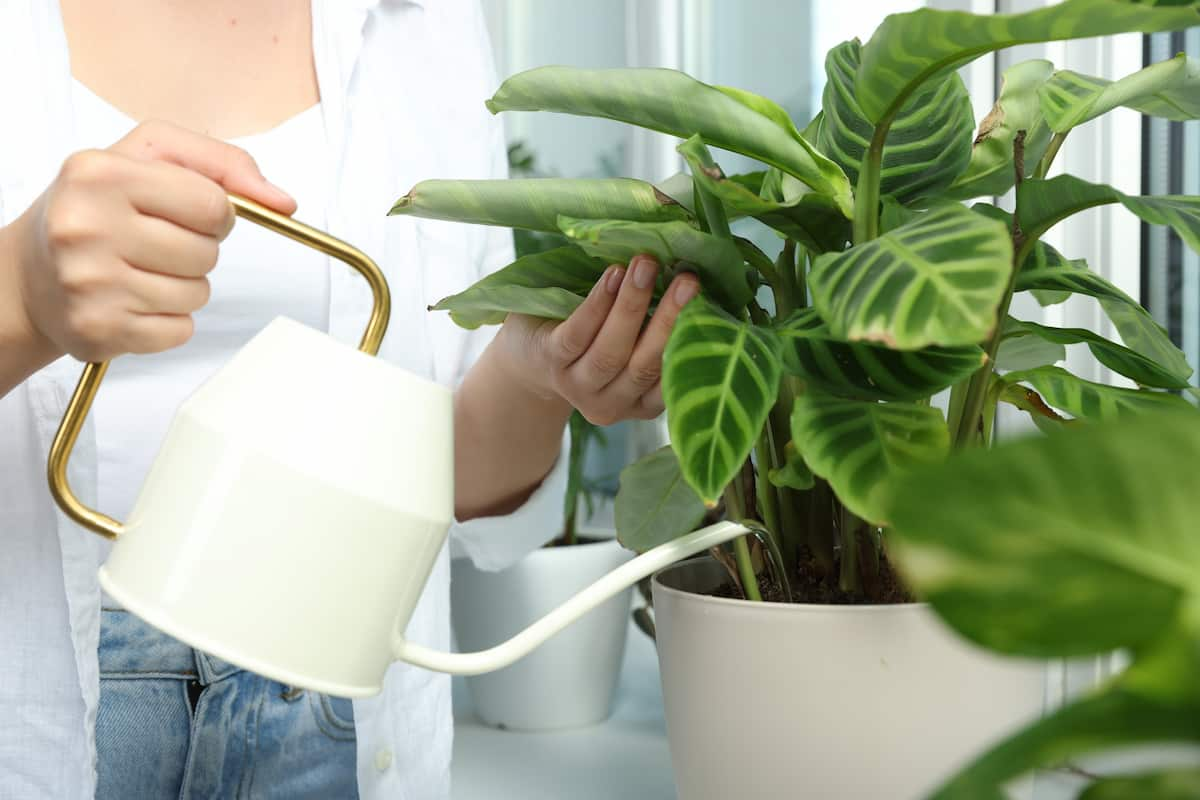
Watering
It likes moist but not soggy soil. You can test this by touching the ground with your finger. If it is about
to dry. Water until it slides out of the drainage holes. Let the excess water drain and then your soil gets
wet.
No need to worry about watering until it’s about to dry next time. In winter, calathea grows slowly. In this
case, don’t water it too much to pamper it. It needs water when the soil dries up to 2 inches deep. Well, it
will tell you if you watered too much or too little.
If the leaves are yellow, it means you are pampering them further by adding excess water. If it turns brown,
it tells you: Hey, look at me, give me some water. When it comes to water, it’s pretty tough. He hates
fluoride, chlorine in water. So it’s better to use rainwater or distilled water.
Fertiliser
Calathea doesn’t need much fertilizer, but it will flower and grow well with a standard houseplant fertilizer
in spring, summer, and fall. They especially need fertilizing during the growing and flowering period.

Extra Tips
It is best to do repotting every 2-3 years in the spring or early summer. It’s the growing season. It also
bounces back from the shock of repotting.
To repot, add new soil to a pot with enough drainage holes. I don’t recommend adding a drainage layer as it
does more harm than good. Lose the roots a bit if they’re bunched up. Now put our Calathea in its new home.
Add some pottig mix around it. Now provide the appropriate conditions.

